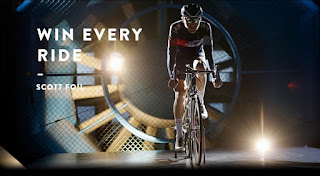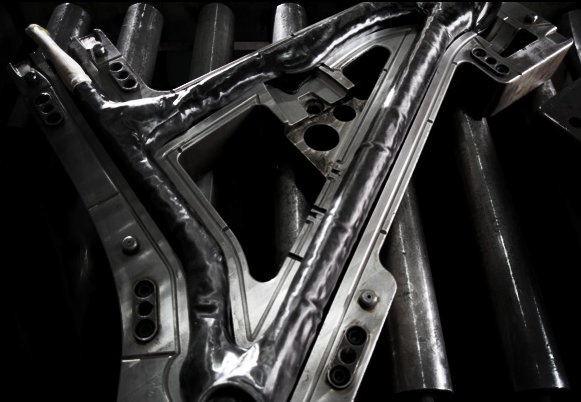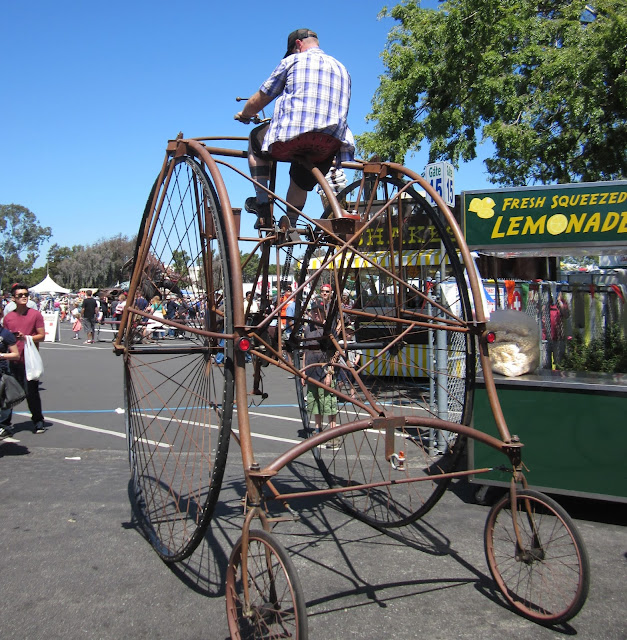The 2016 Scott Foil has been first across the finish line in 134 races at the highest level of cycling.
Since its introduction back in 2010, heaps of races have been won on the Foil. To date (April 2015), the Foil holds 15 Grand Tour stage wins and three Classics. The Foil has been first across the finish line in 134 races at the highest level of cycling. The new Foil has been designed to win every ride! Regardless of whether you’re competing, chasing a virtual segment or taking on your riding buddies in an imaginary sprint finale, the Foil is the ultimate machine for those striving to win.

The new Foil features the same lightweight frame characteristics as its predecessor. With a frame weight of 945g and a fork weight of 335g (size Medium, including small parts ) the new Foil is one of the lightest Aero Bikes on the market. Our World Tour riders count every gram. 6.8 kilograms is a magic number for them and despite its aerodynamic and stiff nature, it’s actually not a challenge to build the complete bike below this regulatory threshold.
The frame aerodynamics of the bike have been reworked as a whole: all the vertical sections of the frame have been optimized independently and in conjunction with each other, component integration has been lifted to a new level and the bike features a fully integrated cockpit that saves precious watts. Aside from the visible design enhancements with regards to aerodynamics and integration, the riding comfort of the new Foil has been elevated noticeably. The new Foil keeps the much appreciated characteristics of the original model but adds novel and innovative solutions to make it faster as a whole: It’s a Speed Update!
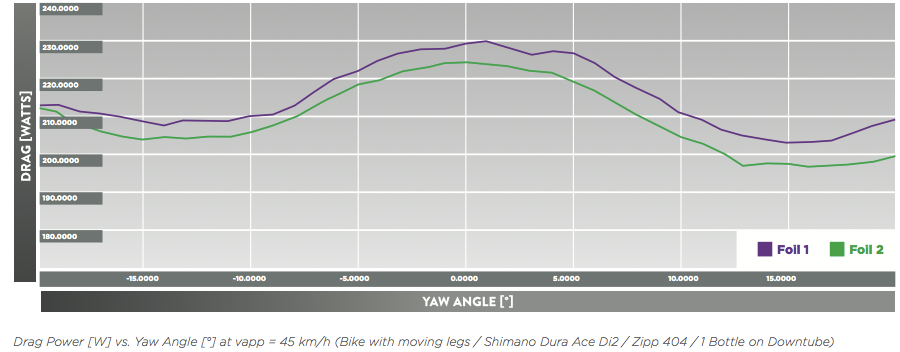
Compared to its predecessor, the new Foil saves an average of 6 Watts over the tested yaw spectrum. This equates to a gain of 27 seconds over 40 kilometers with an average speed of 45kph. Yet speed was not the only consideration. The new Foil increases bottom bracket stiffness by 13% and torsional head tube stiffness by 13.5%. Vertical compliance of the seat tube area was increased 86%. All of this in frame weighing just 945g (size medium). The fork weighs in at an additional 335g.

The new Foil features a Shimano Direct Mount rear brake which is fitted below the bottom bracket. The lowered seatstays and the removal of the caliper brake bridge between the seatstays decreases the gap behind the seat tube and the seatstays avoiding air stagnation and consequently drag. In addition, the seatstay attachment to the downtube has been carefully designed with regard to aerodynamics in order to improve the airflow around this area of the seatstays.
The airflow that meets the fork blades and seatstays has been disturbed by the spinning wheels and in the case of the seatstays as well by the moving rider’s leg. In-depth CFD analysis has shown that at low yaw angles the airflow is pushed away from the fork blades and seatstays if they exhibit a slight outward orientation. The fork blades and seatstays of the new Foil have been optimized in that regard resulting in an advantage at yaw angles between 3 and 5 degrees.
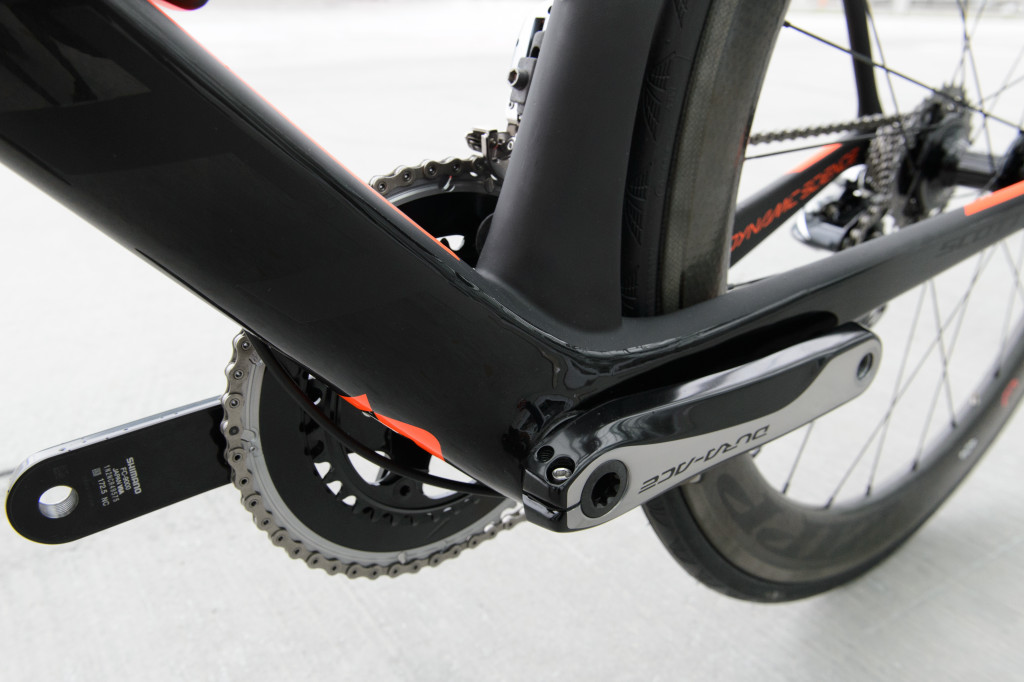
The new Foil’s down tube diameter increases towards the bottom bracket. This positively affects the BB stiffness. And Scott claims that wind tunnel tests have shown that, compared to a straight down tube, these characteristics improve the aerodynamic performance.

The all-new, fully integrated RR1.0 cockpit from Syncros was developed in conjunction with the new Foil and adds to the aerodynamic excellence of this bike. Its superior aerodynamic properties stem from its aero-optimized shape which includes an F01 profile on the horizontal part of the bar along with state-of-the-art integration possibilities. Full integration of brake cables, mechanical and electronic shifting cables and Shimano’s Di2 junction box ensure a smooth transition between the cockpit and the frame, a clean look and aerodynamic cable routing. Despite the aerodynamic bar design which even features a recess to ensure a smooth transition between the bar tape and the grippy top area of the bar where no bar tape is needed, the Syncros Aero RR1.0 Cockpit has been designed following ergonomic principles. Another major advantage of this integrated carbon cockpit is the ability to specifically tailor the performance of the carbon structure on one piece. Towards the connection with the bar, the stem flares out into a triangulated section which offers a larger contact point for the bar to maximize rigidity and resist twisting.
Stay tuned to our blog for more bike and product reviews!
Circle City Bicycles and Fitness
5506 Madison Ave.
Indianapolis, IN 46227
(317) 786-9244


